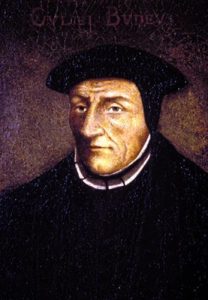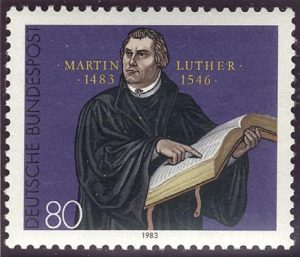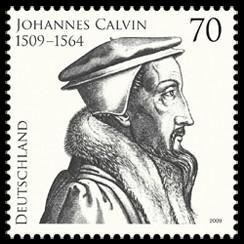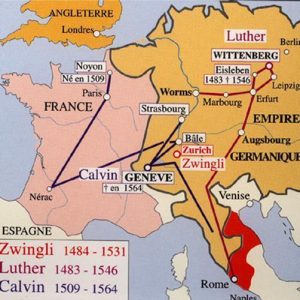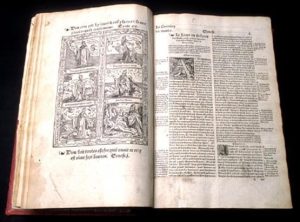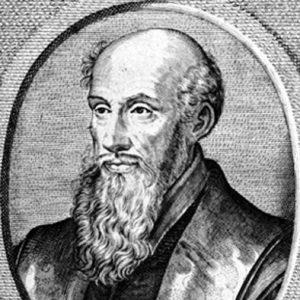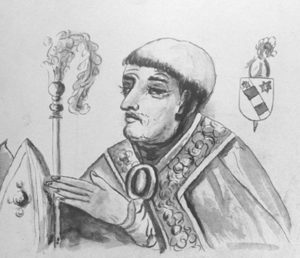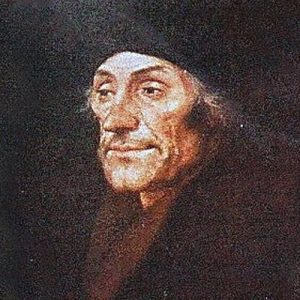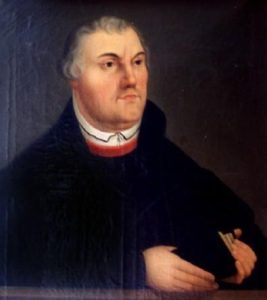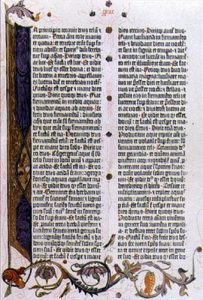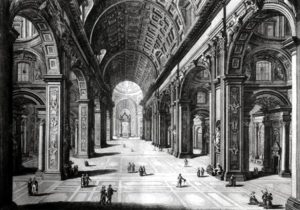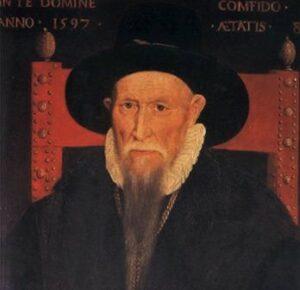A multifaceted, open approach to the world, humanity and the beauty of creation
Humanism was characterised by lots of creativity and interest in the Arts and Humanities brought about by increased scientific knowledge, a renewed approach to ancient Greek-Latin texts, as well as to thorough consideration of the art of governance, or what might make a modern and open education possible.
Humanists were painters, architects, philosophers, philologists, scientists, travellers. The publica-tion of ancient, learned texts (Pythagoras, Euclid, Archimedes, Plato, Aristotle, the Ovid’s meta-morphoses, Virgil, Titus Livy, Tacit, Titus Livy) and the books of the Bible, broadened their outlook and inventiveness. Humanists were committed to a rational approach leading to academic initia-tives. These included, for example, how to deal with perspective in painting, which changed the art of landscape painting; or the development of geometry and its application to architecture. It also involved a serious rethink about the exercising of power, under what conditions, how to define National interest.
In 1540, the invention of printing helped the of spread humanist writings.
After starting in Italy, particularly in Venice and Florence, humanism spread throughout Europe
It was in Florence, during the Medici era – bankers, patrons of the arts, sciences and architecture – that Humanism flourished:
- Cosme the Elder (1389-1464) founded the Platonic Academy;
- Laurenzo the Magnificient (1449-1492), a shrewd statesman, supported a number of painters.
The humanist movement spread throughout Europe:
- In the Netherlands, in the late 15th century, there was much intellectual excitement. Eras-mus (1450-1537) was an important figure in Rotterdam.
- In France, Francis I (1494-1547) proved especially open to humanism. He lived among sci-entists, such as Guillaume Budé (1467-1540), who urged him to establish educational facili-ties independent of the Sorbonne. Thus the first six chairs at the Collège de France were es-tablished, three of them for Hebrew. The Edict of Villers-Cotterêts (1539) specified that from then on French would be the language used for Royal decrees, for delivering legal judgements and for all civil status documentation. It was a key point in the expansion of the French language.
- In England, amongst others, Thomas More (1478-1535), Tyndale (1494-1536), and, a little later, Shakespeare (1564-1616) should be mentioned.
Humanism stimulated the development of the Reformation
Luther‘s boldness and his spreading of the Reformation within the Church could be understood only in a humanist context, with the new horizons it opened.
Generally speaking, translations of the Bible into vernacular languages – German, French, English – from original texts were made possible only thanks to the work of the humanists. The translations themselves enabled greater direct access to Bible texts. This opening enabled discussion of some political aspects of the Church’s doctrinal authority.
It should also be noted that there were important debates with Erasmus on the meaning of free will.
Humanists, poets, men of letters spread Luther’s ideas in France. They had been introduced by refractory monks from Germany, among others.
Calvin himself was trained in law and literature, permeated with humanism, at Montaigu College, in Orléans and in Bourges. He had many humanist friends, notably Guillaume Budé and particu-larly Théodore de Bèze.
The Humanist library in Sélestat contained a great number of books dealing with the links between Humanism and Reformation, including manuscripts by Bucer and Zwingli.



